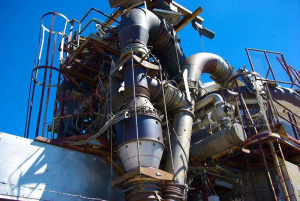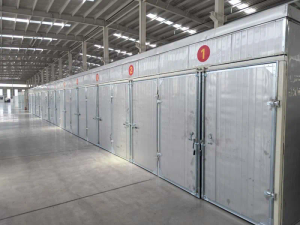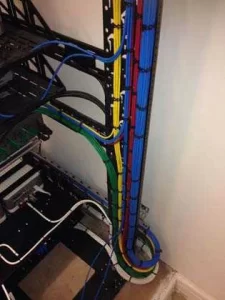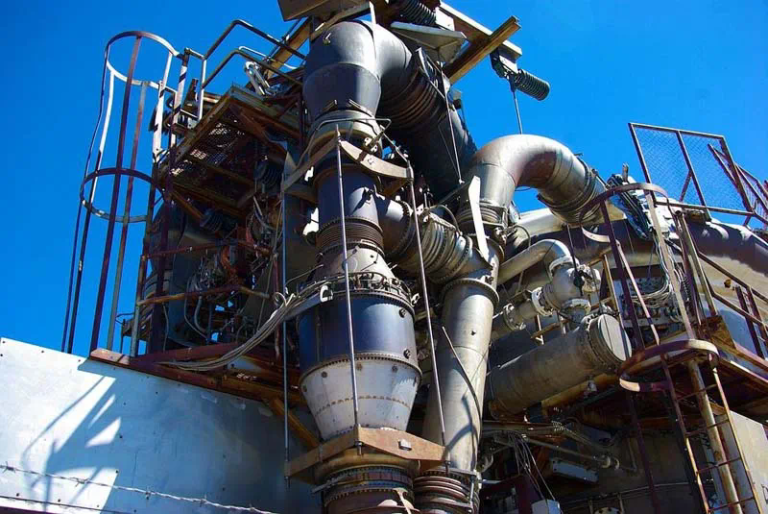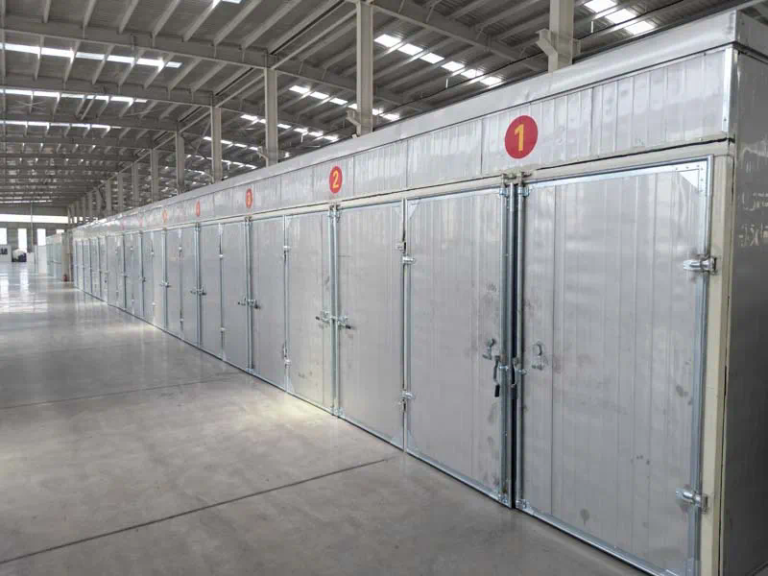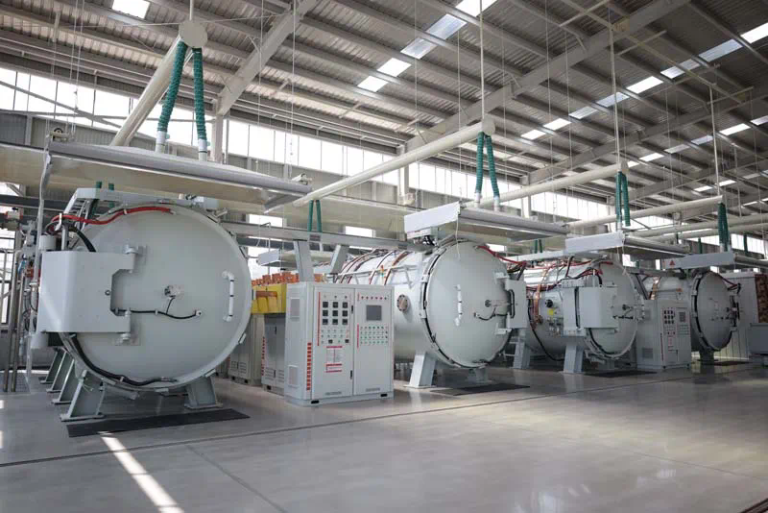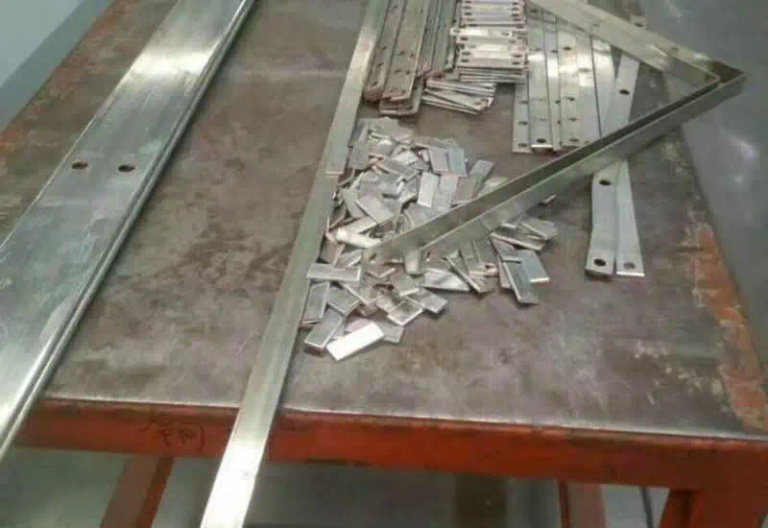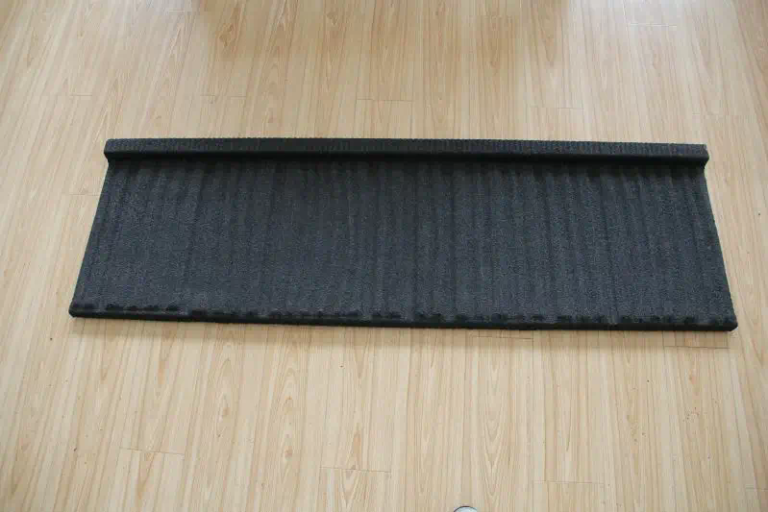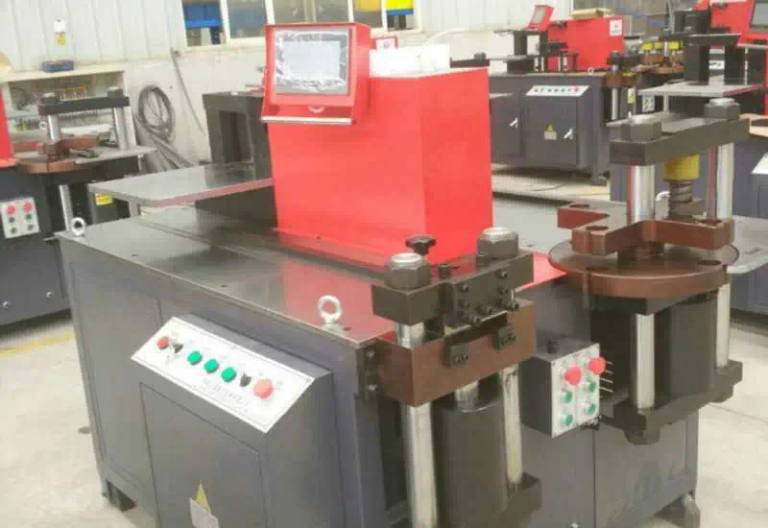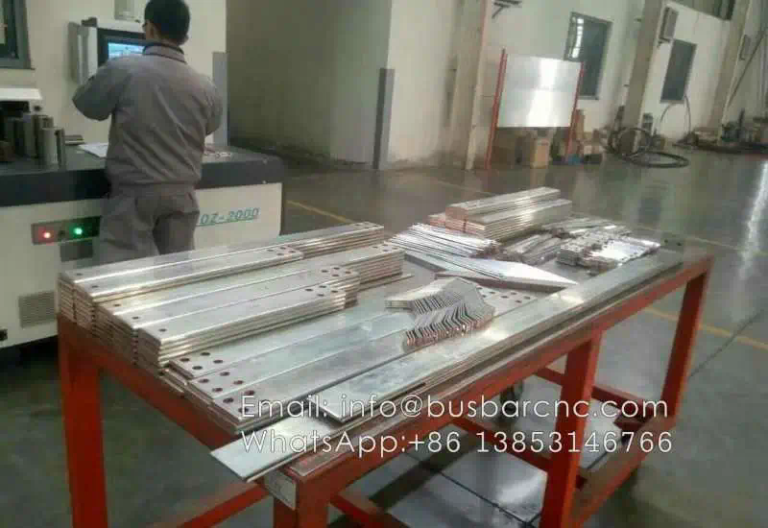When it comes to choosing the right grinding wheel, one option that stands out is CBN (cubic boron nitride) grinding wheels. These wheels are known for their exceptional performance and durability in a variety of grinding applications. Whether you’re working with hardened steels, super alloys, or other hard-to-grind materials, CBN grinding wheels can provide the precision and efficiency you need. In this article, we will explore how to choose and effectively use CBN grinding wheels.
Understanding the Grinding Application
The first step in choosing the right CBN grinding wheel is to understand the specific grinding application. Different materials and grinding tasks require different wheel characteristics. For example, if you’re grinding hardened steels, you’ll need a wheel with high thermal stability and excellent cutting ability. On the other hand, if you’re grinding super alloys, you’ll need a wheel with exceptional resistance to wear and heat.
To determine the requirements of your grinding application, consider factors such as material hardness, desired surface finish, and the volume of material to be removed. Consulting with a CBN grinding wheel supplier or an expert in the field can help you make an informed decision.
Choosing the Right CBN Wheel
Once you have a clear understanding of your grinding application, you can proceed to choose the right CBN grinding wheel. Here are some key factors to consider:
- Grit size: The grit size refers to the size of the abrasive particles on the wheel’s surface. Finer grit sizes are suitable for achieving a smoother finish, while coarser grit sizes are ideal for faster material removal.
- Bond type: The bond type determines the wheel’s ability to retain the abrasive grains. Resin bonds are commonly used for general-purpose grinding, while vitrified bonds offer excellent thermal stability for high-precision applications.
- Concentration: The concentration of abrasive particles in the wheel affects its cutting performance. Higher concentrations are suitable for heavy-duty grinding, while lower concentrations are ideal for finer finishing tasks.
- Wheel shape and dimensions: Consider the shape and dimensions of the grinding wheel to ensure compatibility with your grinding machine and workpiece.
Proper Wheel Installation and Maintenance
Once you have selected the right CBN grinding wheel, it’s important to install and maintain it properly to ensure optimal performance and longevity. Here are some tips:
- Proper mounting: Follow the manufacturer’s guidelines for mounting the wheel on your grinding machine. Ensure that it is securely tightened to prevent any movement or imbalance during operation.
- Dress the wheel: Regularly dress the CBN wheel to maintain its sharpness and expose fresh abrasive grains. This will help ensure consistent grinding performance.
- Coolant usage: Depending on the grinding application, using a coolant or lubricant can help minimize heat generation and improve surface finish. Consult with experts to determine the appropriate coolant for your specific grinding task.
- Monitor wheel wear: Regularly inspect the wheel for wear and replace it when necessary. Operating with a worn-out wheel can lead to reduced grinding efficiency and potential safety hazards.
In Conclusion
Choosing and effectively using CBN grinding wheels requires a thorough understanding of the grinding application, careful selection of the right wheel, proper installation, and maintenance. By considering factors such as grit size, bond type, concentration, and wheel shape, you can optimize your grinding process for exceptional results. Remember to consult with experts and follow safety guidelines to achieve the best possible performance from your CBN grinding wheels.
